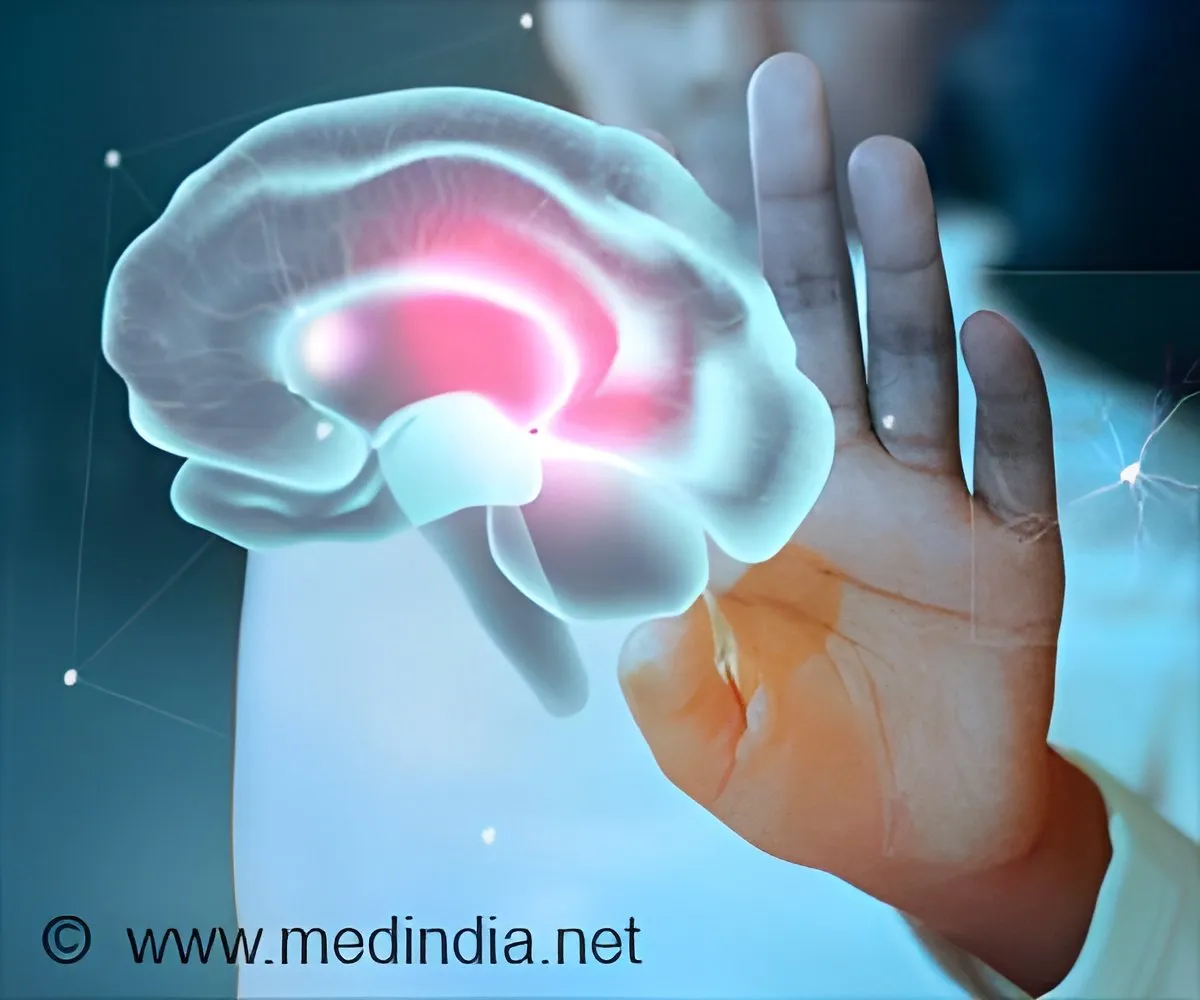Organoids Provide Insights into Crohn's Disease and Personalized Therapy

Insights from Organoids on Crohn’s Disease
Organoids created from gut stem cells reveal two distinct molecular forms of Crohn's disease, enabling personalized therapeutic approaches. The poorly understood condition, which has no cure and limited treatment options, often impacts young individuals, resulting in substantial long-term health issues.
One significant challenge in developing treatments has been the dearth of reliable preclinical models that accurately reflect this complex disease. Another hurdle has been the vast heterogeneity observed among patients, complicating clinical tailoring of therapies.
How Are Organoids Revolutionizing Treatment?
Researchers at UC San Diego's HUMANOID Center have developed a biobank of organoid cultures derived from adult stem cells in the gut tissue of Crohn's disease patients. These organoids mimic the disease more accurately than those derived from pluripotent stem cells, allowing scientists to differentiate the condition into two distinct molecular subtypes.
- Immune-deficient Infectious Crohn's Disease (IDICD): Exhibits difficulty in clearing pathogens with insufficient immune response, often leading to fistula formation.
- Stress and Senescence-induced Fibrostenotic Crohn's Disease (S2FCD): Characterized by cellular aging, resulting in fibrosis of gut tissues and potential strictures.
The identification of these subtypes suggests a paradigm shift in managing Crohn’s disease by enabling tailored therapies based on individual molecular characteristics. Currently, many patients receive identical treatments despite their unique disease manifestations.
This article was prepared using information from open sources in accordance with the principles of Ethical Policy. The editorial team is not responsible for absolute accuracy, as it relies on data from the sources referenced.